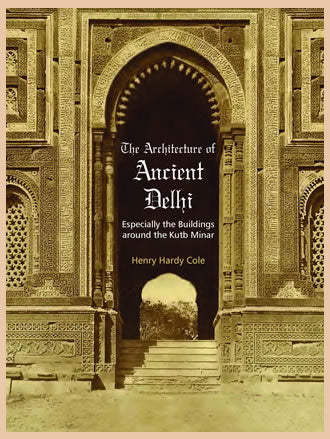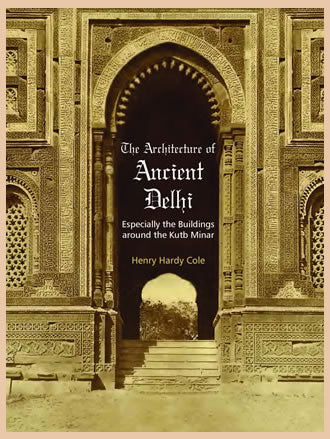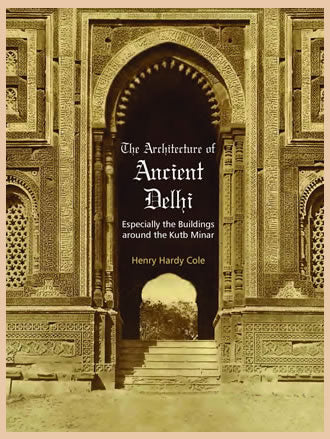THE ARCHITECTURE OF ANCIENT DELHI: Especially the Buildings around the Kutb Minar
THE ARCHITECTURE OF ANCIENT DELHI: Especially the Buildings around the Kutb Minar is backordered and will ship as soon as it is back in stock.
Couldn't load pickup availability
Genuine Products Guarantee
Genuine Products Guarantee
We guarantee 100% genuine products, and if proven otherwise, we will compensate you with 10 times the product's cost.
Delivery and Shipping
Delivery and Shipping
Products are generally ready for dispatch within 1 day and typically reach you in 3 to 5 days.
- Language: English
- Pages: xii + 152
- Format: HB (Hardbound)
- Edition: 1st
- Publisher: Aryan Books International
- Year: 2015
- Size: 22cm x 28cm
-
ISBN: 9788173055386
The Qutb (also spelled as Qutub, Qutab or Kutb) complex is an array of monuments at Mehrauli in Delhi. The construction of Qutb Minar was intended as a Victory Tower, to celebrate the victory of Mohammed Ghori over Rajput king Prithviraj Chauhan, in ad 1192, by his then viceroy, Qutb-ud-din Aibak after destroying 27 Hindu and Jain Temples and reusing their building material for construction. After the death of Aibak, the Minar was added upon by his successor Iltutmish (or Altamash) and much later by Firoz Shah Tughlaq, the sultan of Delhi in ad 1368. The complex was added on by many subsequent rulers, including Ala-ud-din Khilji as well as the British. The monuments in the complex include the Qutb Minar, the Quwwat ul-Islam Mosque, the Alai Gate, the Alai Minar, the Iron Pillar, and the tombs of Iltutmish, Alaudding Khilji and Imam Zamin. In this volume, Major Henry Hardy Cole (Superintendent in the Archaeological Survey of India who was later appointed as Curator of Ancient Monuments in 1881) has made a careful investigation of the architectural heritage in the vicinity of Qutb. Cole also had the foresight to arrange for the creation of the photographic record of the most important monuments of the complex. The volume thus contains some of the best photographs of the architecture of the Qutb taken in the 19th century by the noted photographer of colonial India Mr. Charles Shepherd (of the firm Shepherd and Bourne). The present volume, first published in 1872, has long been out-of-print and is being re-issued for the use of historians, conservators, tourists, archaeologists and also lay-readers. A fresh Introductory Note has been added which further enhances the value of the volume. The work is of outstanding value not withstanding the change in perception due to new material and research.





